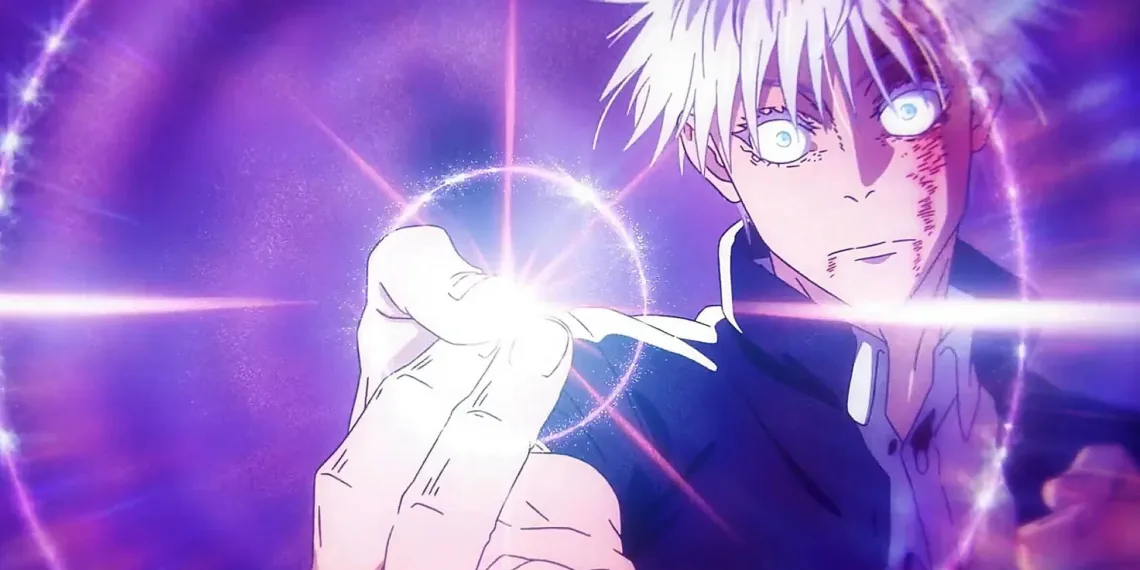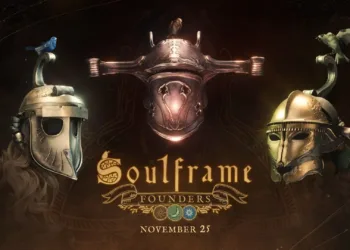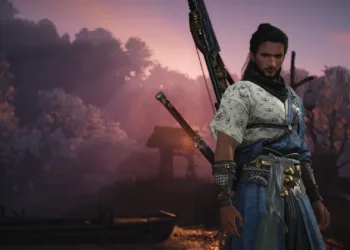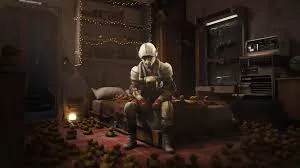Jujutsu Kaisen has captivated millions of fans worldwide with its compelling characters, intricate power systems, and emotional storytelling. Yet beneath its remarkable success lies a fundamental narrative problem that has become increasingly apparent as the series concluded: the excessive focus on Satoru Gojo has unintentionally become the show’s greatest weakness. What started as brilliant character design evolved into a narrative dependency that ultimately constrained the entire story.
The Gojo Phenomenon: From Character to Obsession
Gojo became incredibly popular right from the get-go, but while he’s central to the narrative, he somehow also turned central to the show’s appeal. This popularity created an unexpected problem for creator Gege Akutami, who found himself dealing with a character whose overwhelming strength and fan appeal began overshadowing the series’ other elements.
Table of Contents
Gojo’s Impact on Jujutsu Kaisen
| Aspect | Positive Impact | Negative Consequence | Series Effect |
|---|---|---|---|
| Character Popularity | Massive fanbase growth | Over-reliance on one character | Story constraints |
| Power Level | Exciting battles | Created writing challenges for Akutami | Power scaling issues |
| Narrative Role | Central plot driver | Limited other character development | Unbalanced storytelling |
| Fan Expectations | High engagement | Pressure to feature Gojo constantly | Creative limitations |
The Overpowered Character Dilemma
Although he may be considered Jujutsu Kaisen’s strongest sorcerer, Gojo Satoru’s character arc contains one unfortunate and detrimental flaw – his overwhelming power made him too central to every conflict resolution. This created a narrative trap where either Gojo solves everything easily, or contrived circumstances must remove him from the equation.
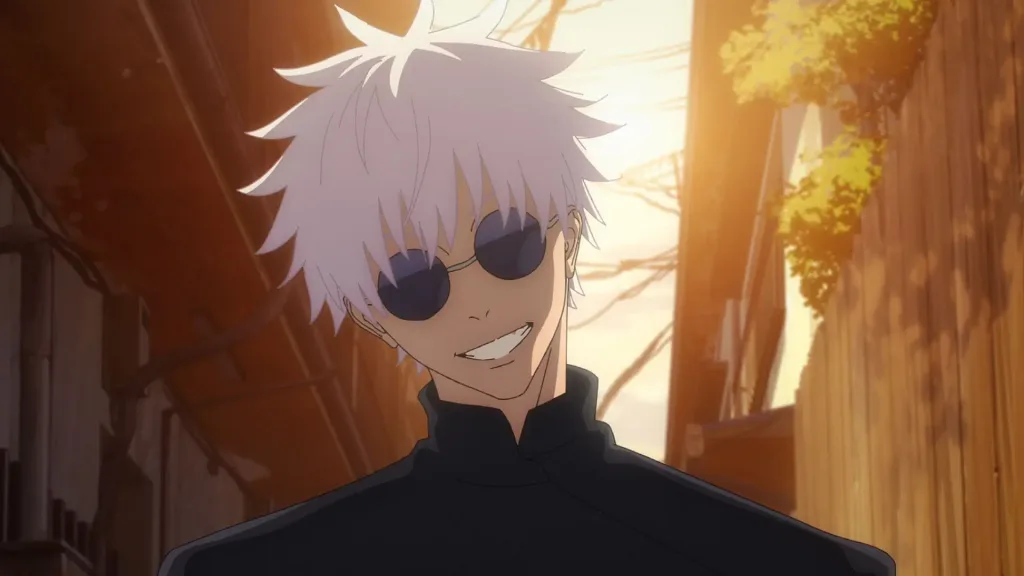
The series’ power scaling became increasingly problematic as other characters struggled to remain relevant in a world where Gojo existed. This forced Akutami into difficult writing decisions that often felt unsatisfying to both critics and fans alike.
The Death That Divided Fans
Gojo died at the hands of Sukuna, shocking fans with an unexpected and underwhelming end. Of all the problems fans had with Jujutsu Kaisen’s finale, the offhand treatment of Satoru Gojo was something the readers felt the strongest about. The creator’s handling of Gojo’s fate revealed the extent to which the character had become both essential and problematic for the series.
The reason for Gojo’s loss was actually that he had let his guard down after dealing the powerful Hollow Purple to Sukuna, demonstrating how even the strongest character needed artificial weaknesses to maintain narrative tension.
The Creator’s Complicated Relationship
Jujutsu Kaisen’s most famous hero is absolutely despised by his creator, but that is precisely why his character is so effective. This complex relationship between Akutami and his most popular creation highlights the unintended consequences of creating an overpowered character who becomes larger than the story itself.
Gege Akutami recently revealed that Gojo’s fate in the series was completely avoidable, suggesting that the character’s trajectory was shaped more by narrative necessity than organic story development.
Impact on Character Development
The Gojo problem extended beyond just power scaling. His overwhelming presence often overshadowed other characters’ growth and development opportunities. While protagonists like Yuji Itadori and Megumi Fushiguro had compelling arcs, they frequently felt secondary to Gojo’s storylines and conflicts.
This imbalance created a scenario where readers became more invested in a supporting character than the actual protagonists, fundamentally altering the series’ emotional core and thematic focus.
For more analysis on character development in shonen anime, check out our comprehensive anime storytelling guide.

The Popularity Paradox
Gojo’s rankings in the Popularity Polls show his dominance: he ranked 1st in the fourth Popularity Poll with 113,392 votes, demonstrating his overwhelming fan appeal. However, this popularity became a double-edged sword that constrained creative freedom and narrative flow.
The character attained popularity in Chile when the second season of the anime aired, resulting in fans illustrating Gojo at an advertising billboard, showing his global cultural impact that extended far beyond typical anime character popularity.
What This Means for Future Anime
The Gojo phenomenon offers valuable lessons for anime creators about balancing character strength, popularity, and narrative sustainability. Creating compelling overpowered characters requires careful consideration of their long-term impact on storytelling and character development.
For insights into how other series handle overpowered characters, explore our anime power scaling analysis.
The Legacy Question
The most universally adored Jujutsu Kaisen character was essentially written out of importance by the end of the manga, raising questions about how creators should handle characters who become larger than their intended narrative role.
Despite these structural issues, Gojo’s impact on anime culture remains undeniable, and his character design principles continue influencing new series across the medium.
For the latest Jujutsu Kaisen updates and official announcements, visit Crunchyroll and stay connected with the series’ ongoing legacy in anime culture.
Frequently Asked Questions
Q: Why did Gojo’s popularity become a problem for Jujutsu Kaisen’s storytelling?
A: Gojo’s overwhelming popularity created a narrative dependency where fans expected him to be central to every major conflict, but his immense power made traditional storytelling difficult. The series struggled with power scaling because Gojo could theoretically solve most problems easily, forcing the author to either remove him from situations artificially or create increasingly contrived scenarios. This led to an imbalanced story where supporting character overshadowed the main protagonists, ultimately constraining creative freedom and making organic plot development challenging.
Q: How did Gege Akutami handle the challenge of writing an overpowered character like Gojo?
A: Akutami dealt with Gojo’s overwhelming strength by frequently removing him from key battles through sealing, imprisonment, or other plot devices. However, this approach often felt forced and unsatisfying to readers. The creator has admitted to having a complicated relationship with the character, even stating that Gojo’s controversial ending was planned to address the narrative problems his power level created. Ultimately, Akutami chose to eliminate Gojo entirely to allow other characters room to grow and the story to progress naturally, though this decision proved divisive among fans.

